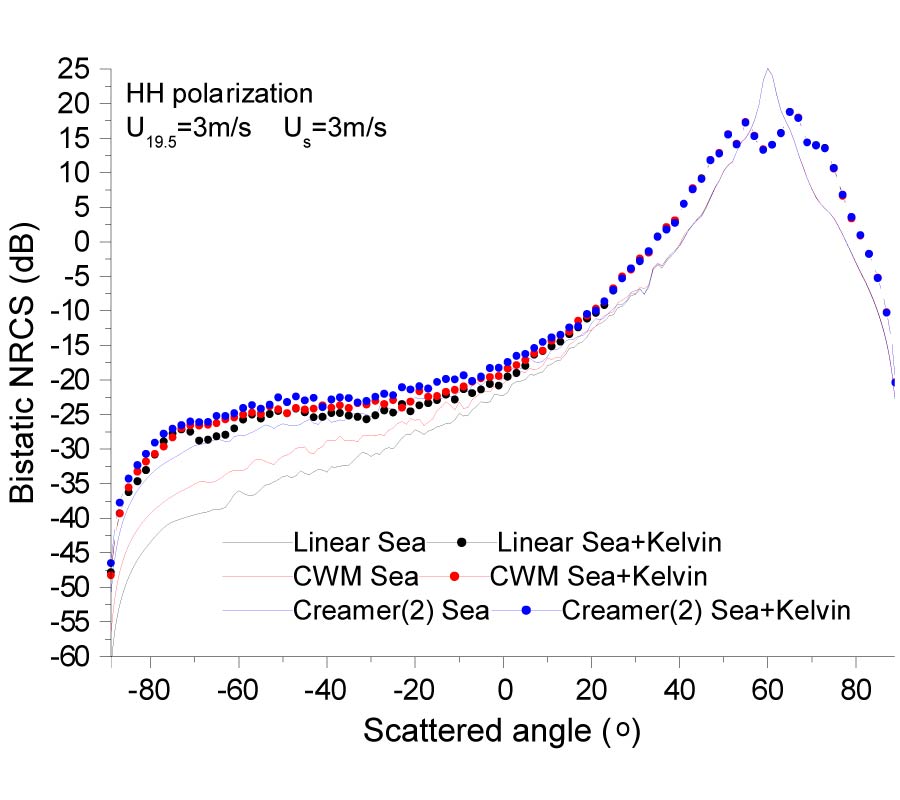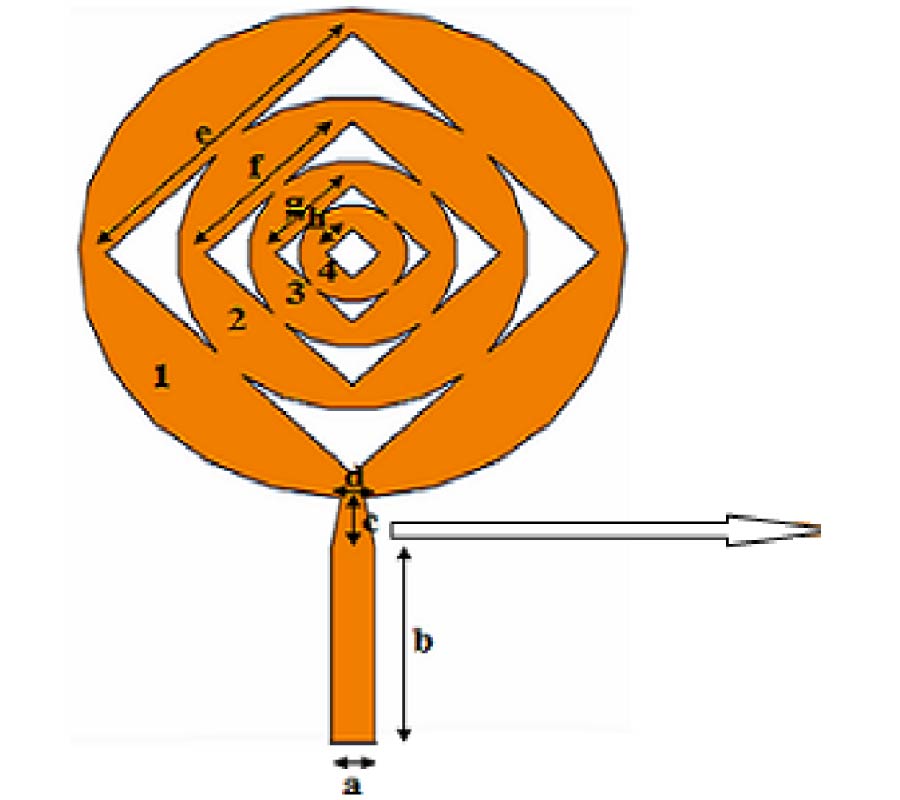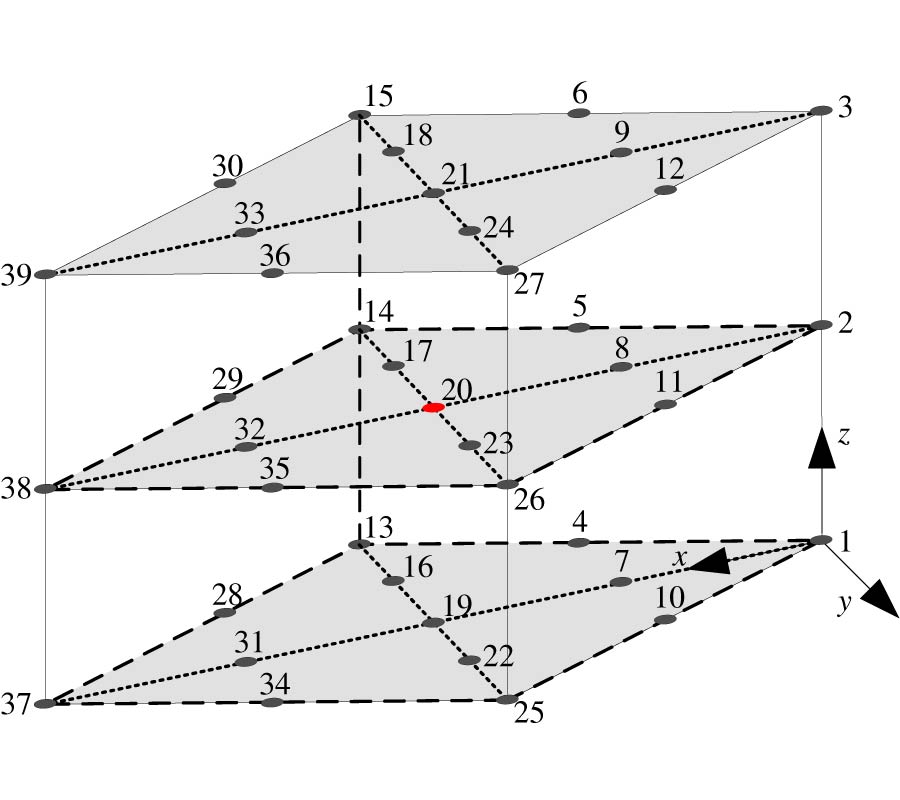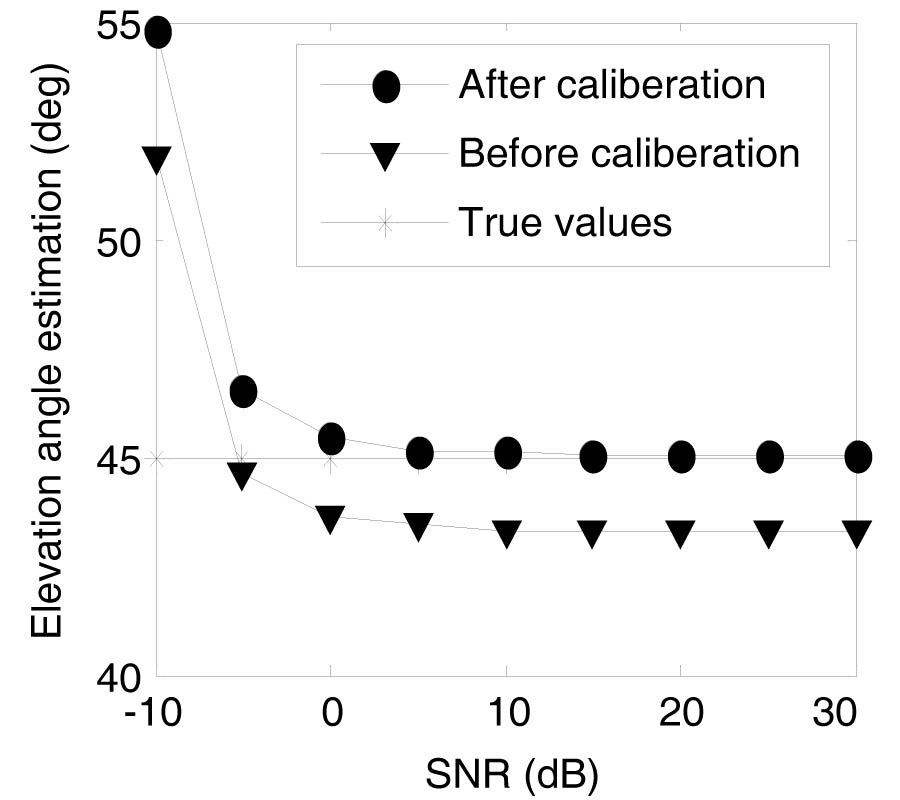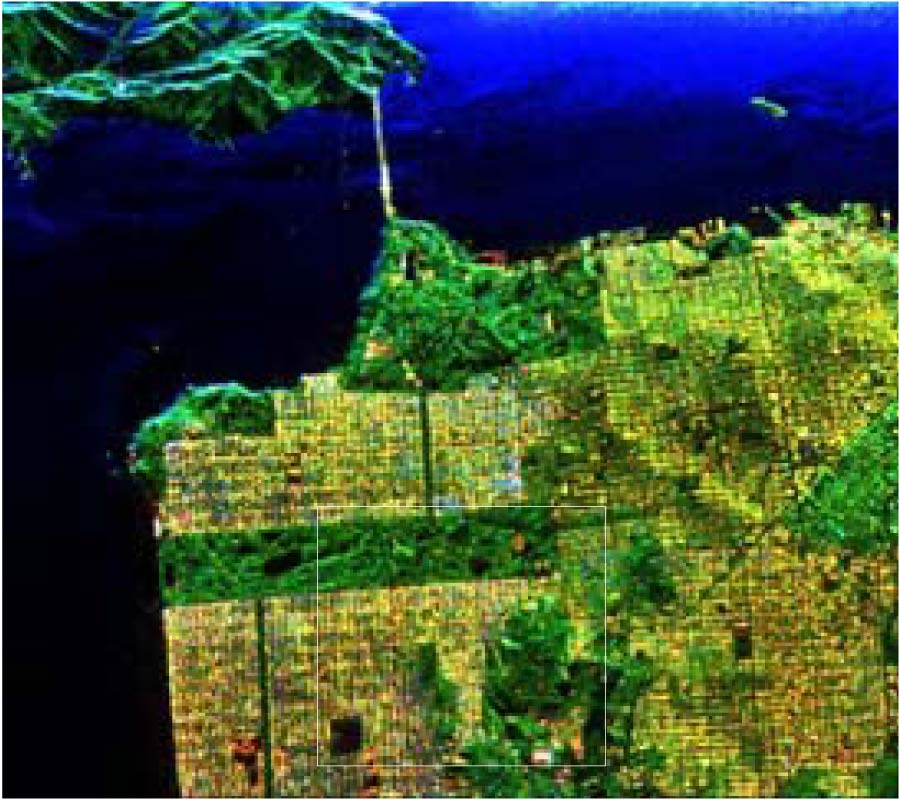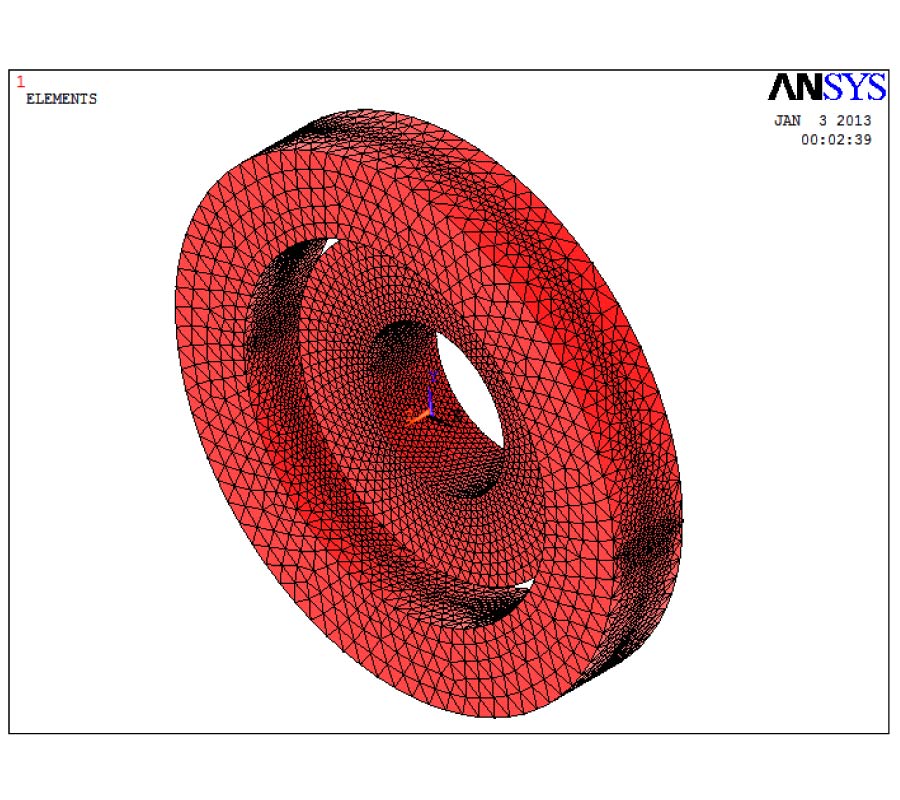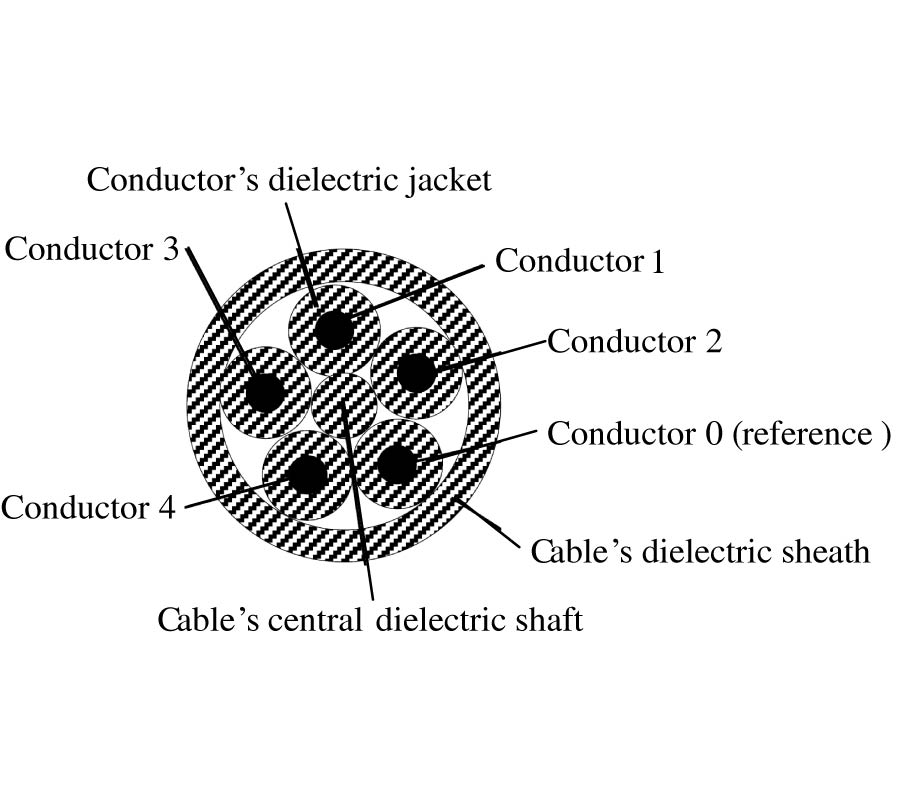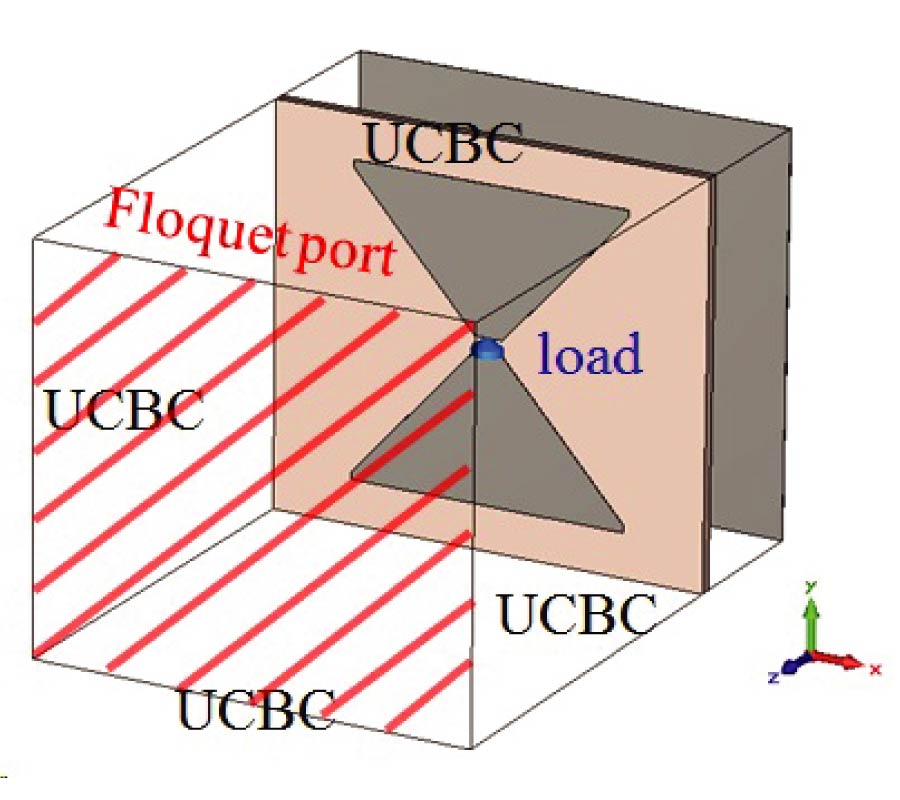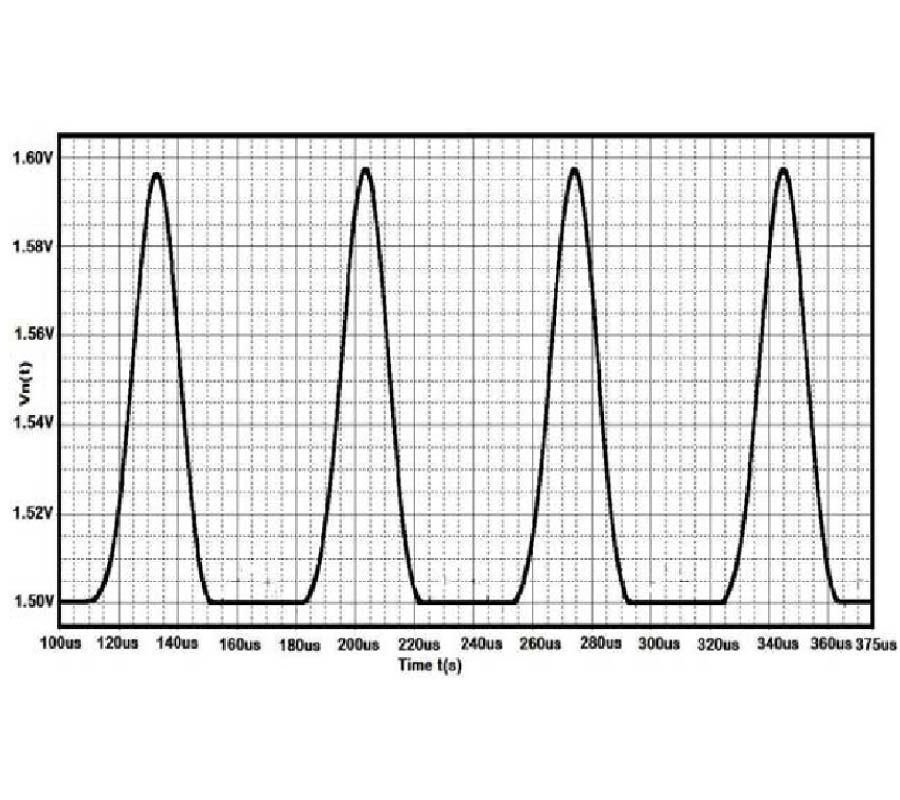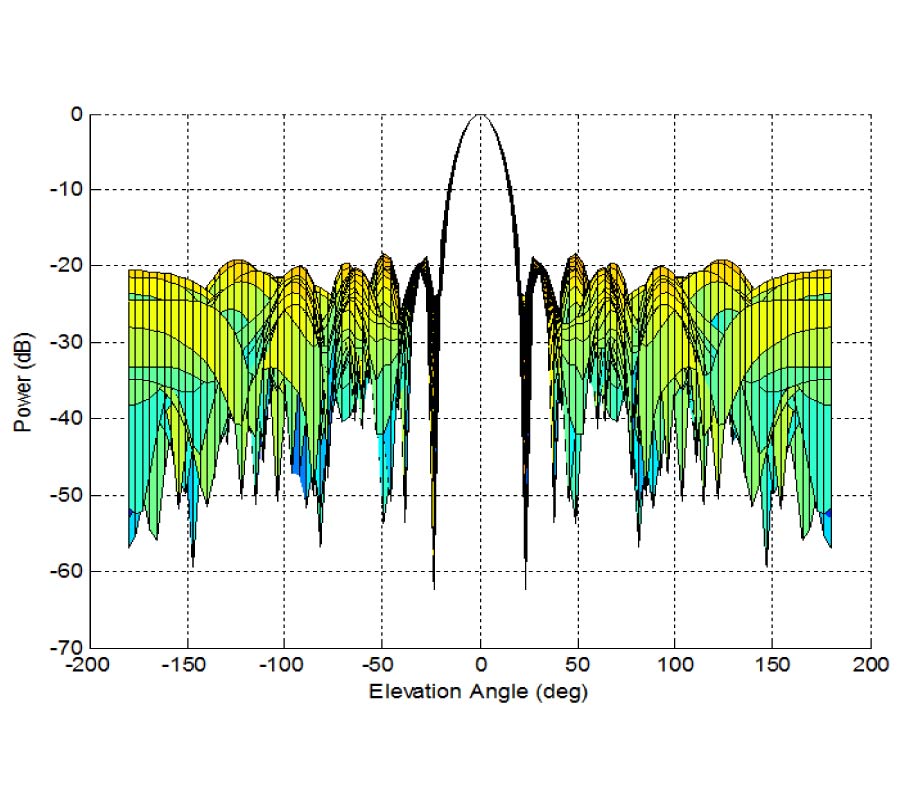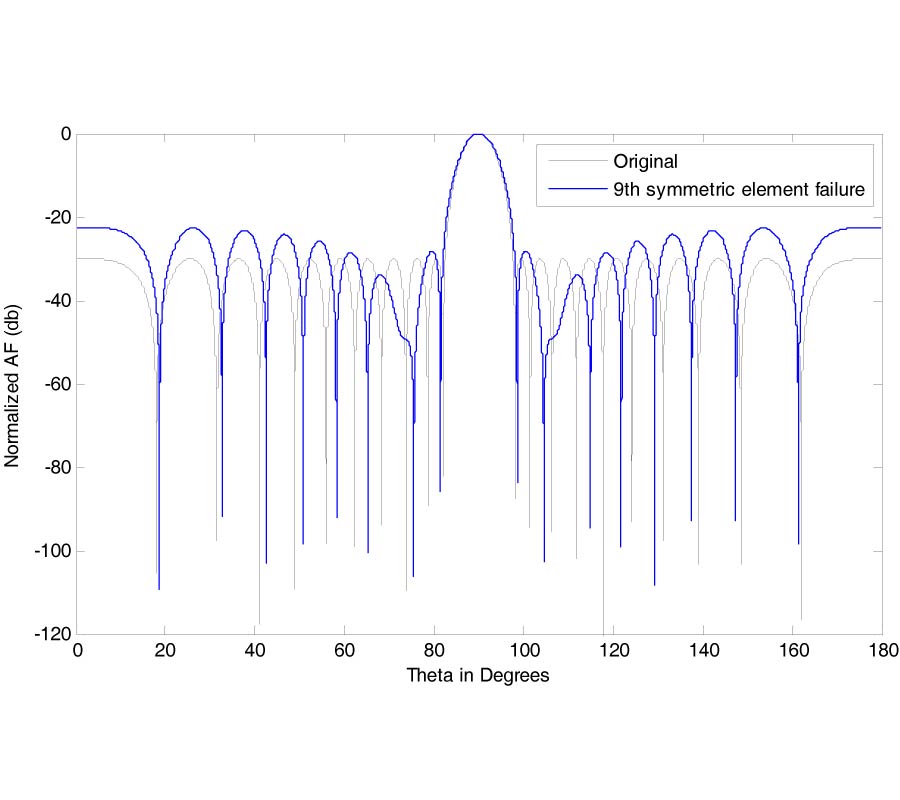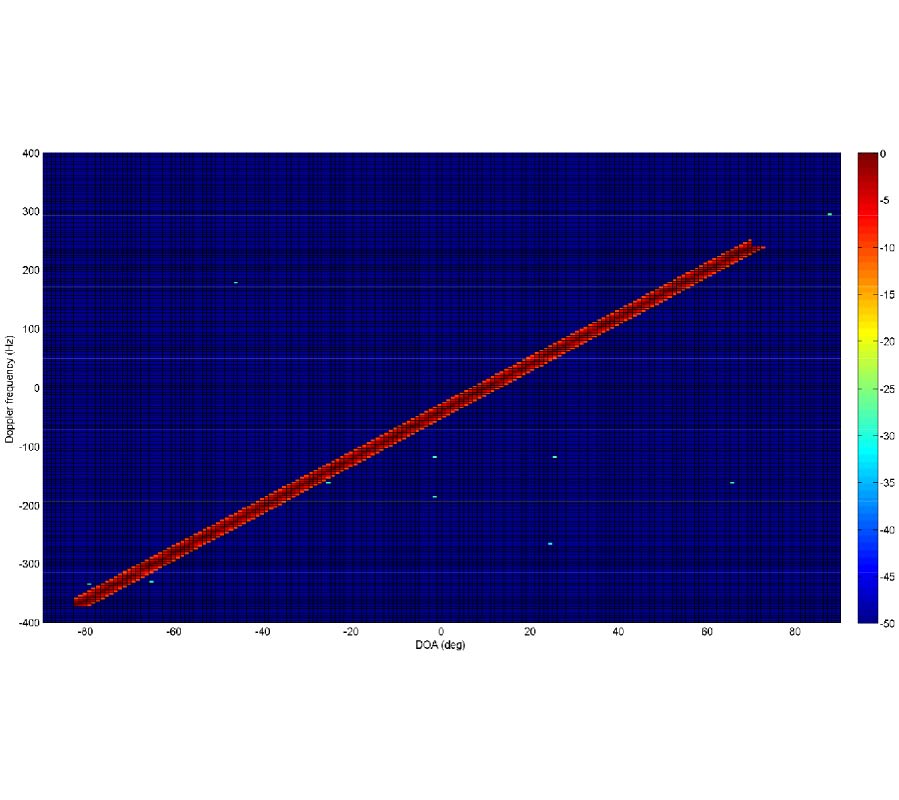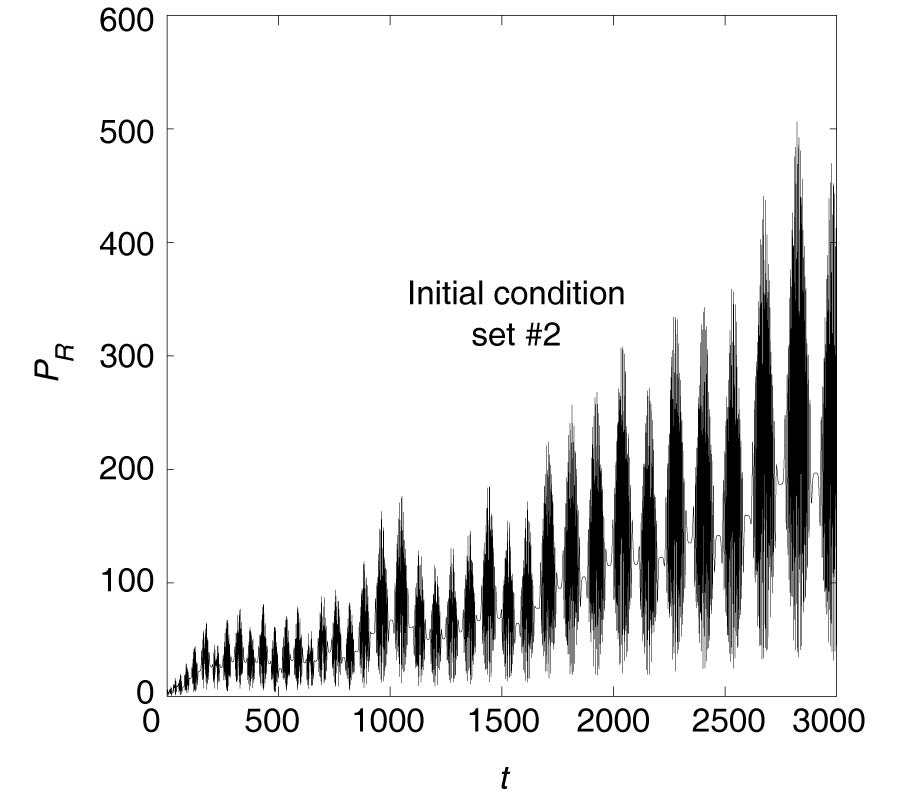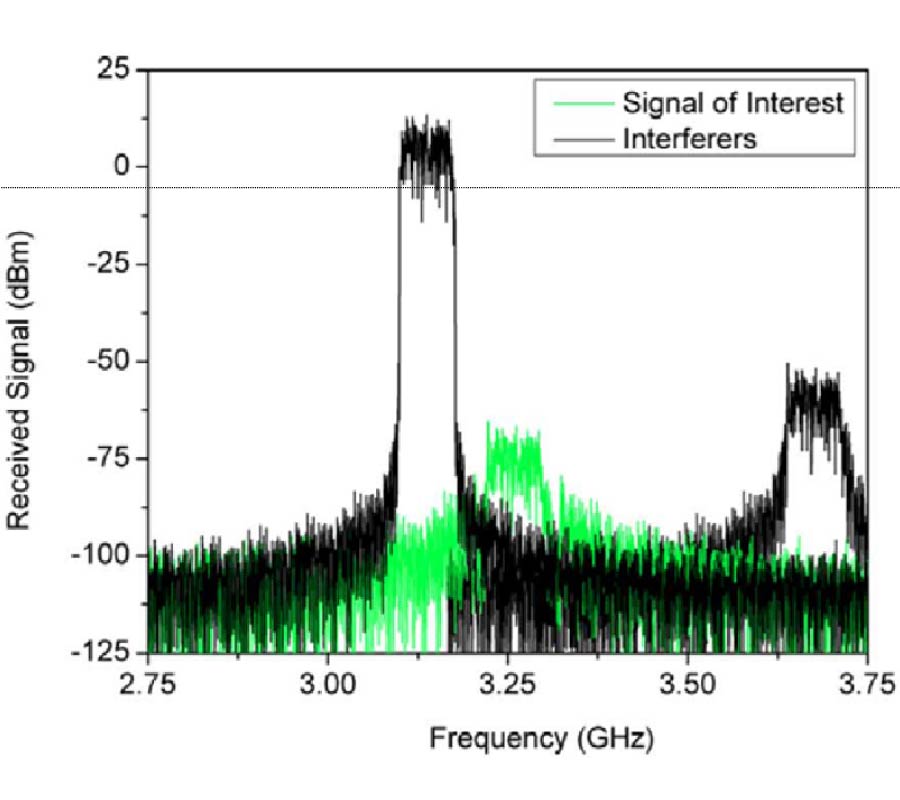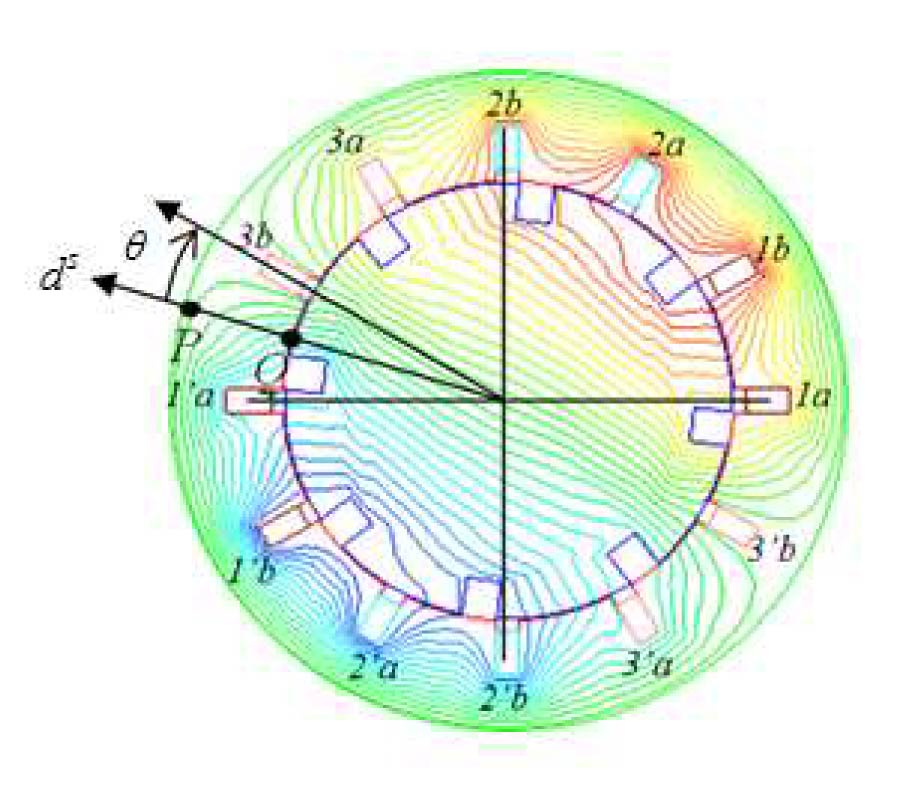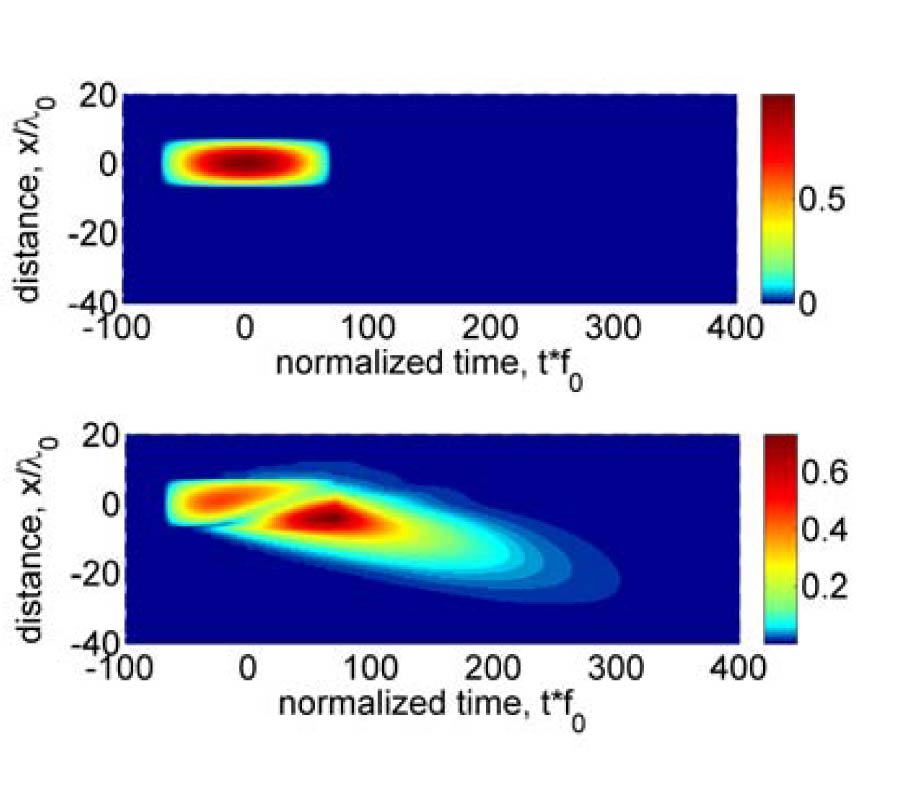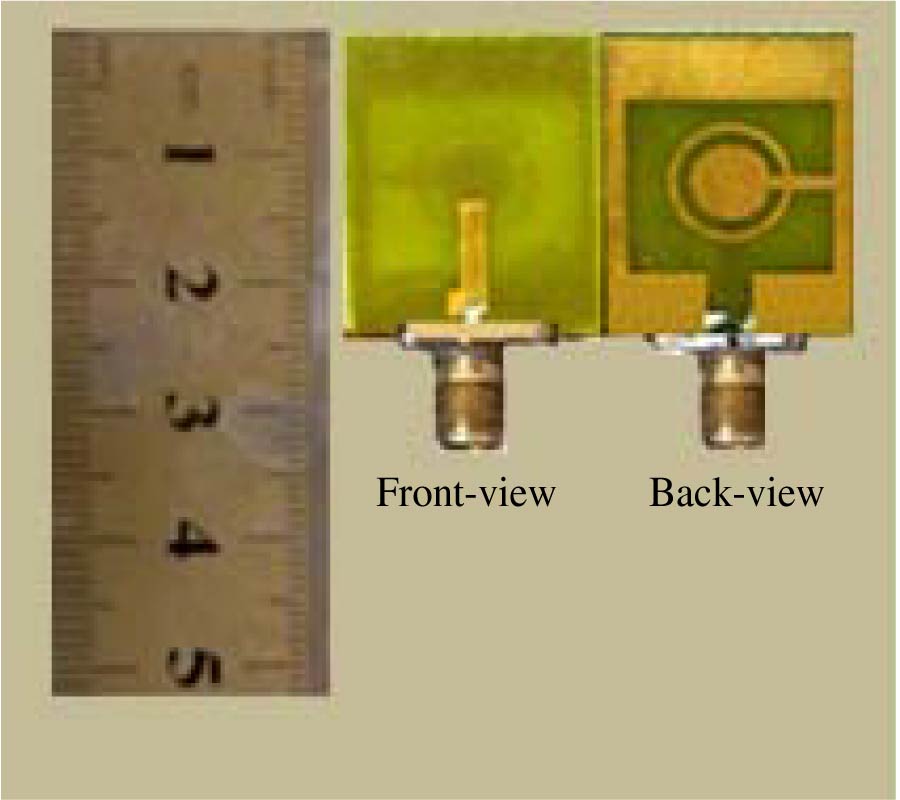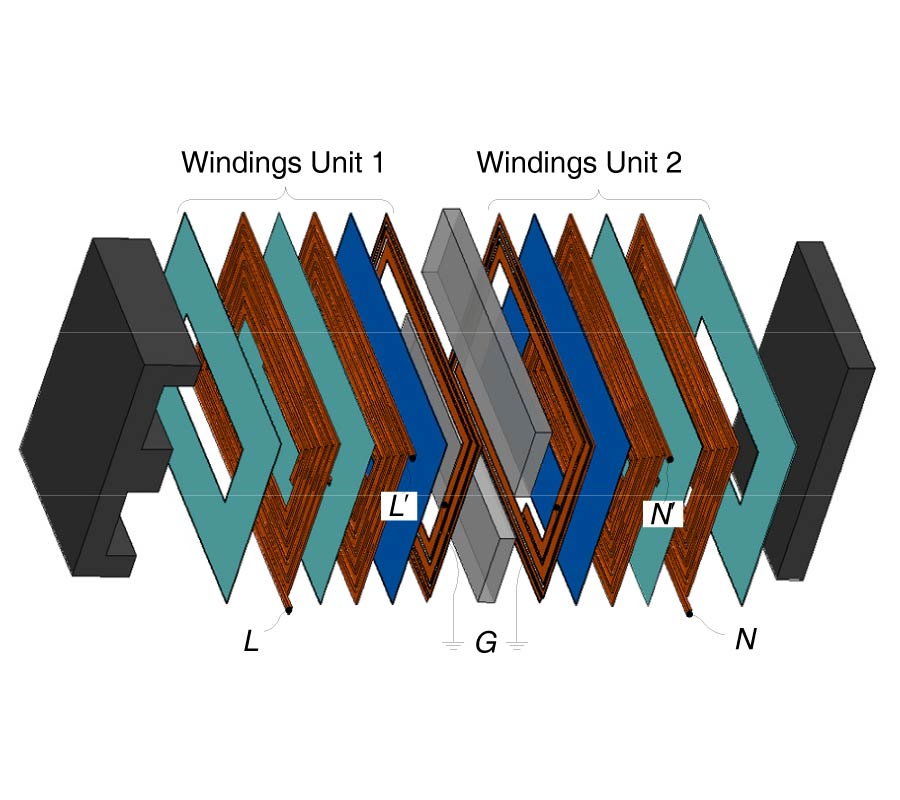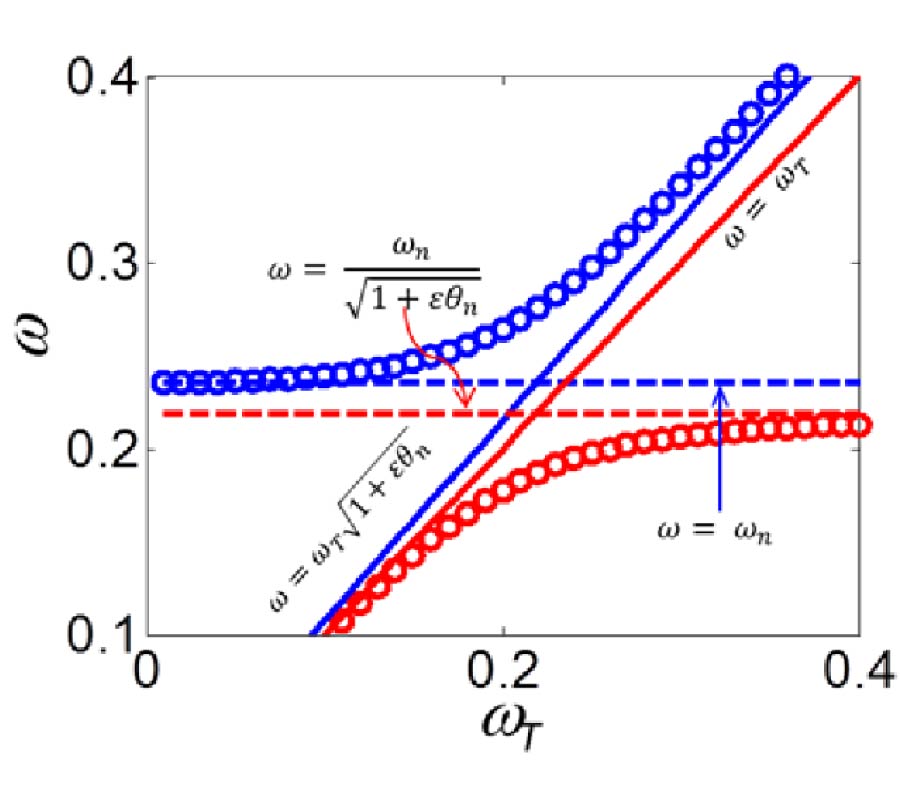2013-07-01 Latest Published
By Rong-Qing Sun
Min Zhang
Chao Wang
Xiao-Feng Yuan
Progress In Electromagnetics Research B, Vol. 52, 405-423, 2013
Abstract
The ship Kelvin-wake models on two-dimensional (2-D) linear and nonlinear sea surfaces are combined with the second-order small-slope approximation method (SSA-II) to comparatively study the corresponding electromagnetic (EM) scattering characteristics. The nonlinear sea-surface models include the Choppy Wave Model (CWM) and the second-order Creamer model (Creamer (2)). Considering the limitations of using the ideal plane EM wave incident upon a rough sea surface of the limited size, the expressions of the scattered field and scattering amplitude are derived by utilizing the modified tapered incident field. Due to the fact that the nonlinear effects of Creamer (2) surfaces is obviously stronger than those of CWM surfaces, the bistatic normalized radar cross section (NRCS) calculated from Creamer (2) surfaces is significantly greater than that of its linear and CWM surfaces for scattering angles departing from the specular direction, and the backscattering coefficients from Creamer (2) surfaces are also the greatest except within quasi-specular (near vertical incidence) region. In addition, for the linear and nonlinear sea surfaces, the influences of different wind speeds and directions on scattering characteristics are also calculated and analyzed in detail. However, taking the ship Kelvin wakes into account, the corresponding scattering features are obviously distinct from those of the single linear and nonlinear sea surfaces. This helps to provide a basis to extract the related ship information through the scattering characteristics of ship Kelvin wakes. Also it shows that the small-slope approximation method is a very effective analysis method to deal with the EM scattering from the rough sea surface.
